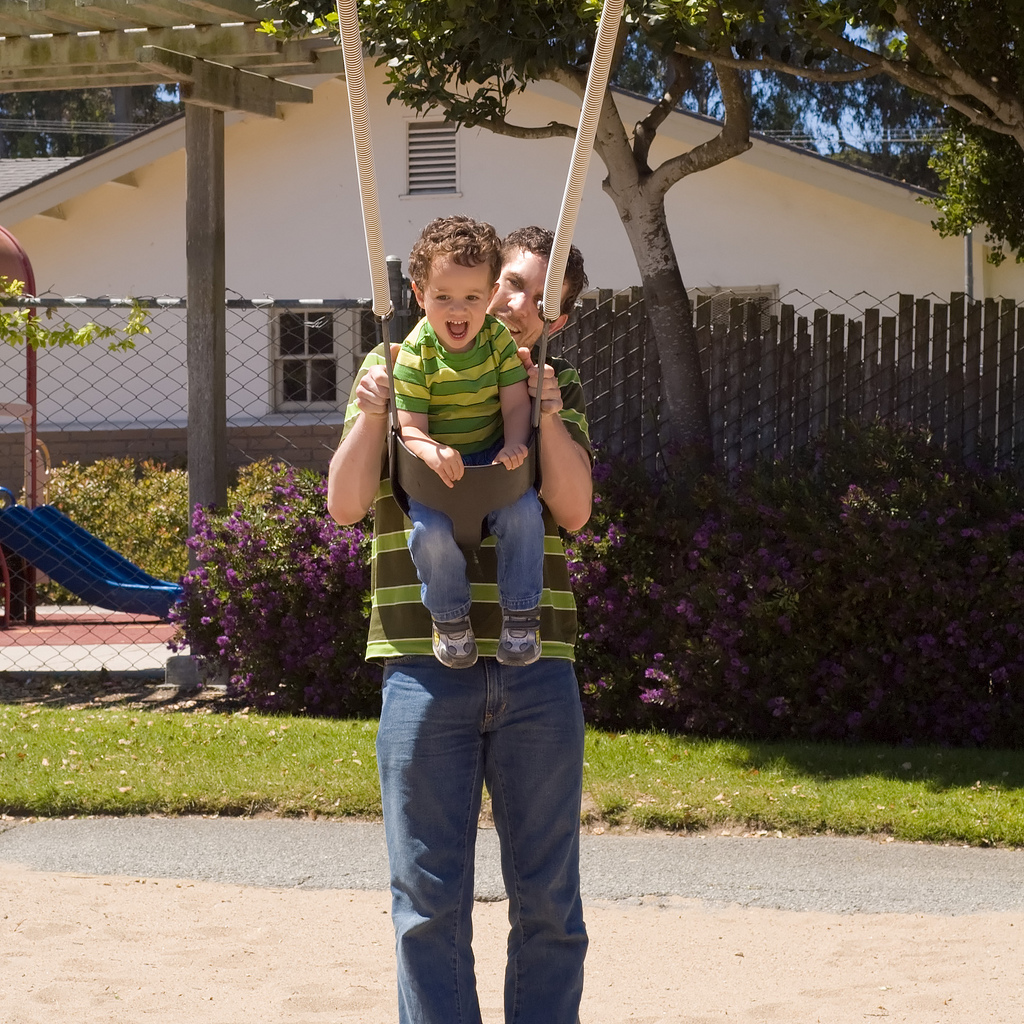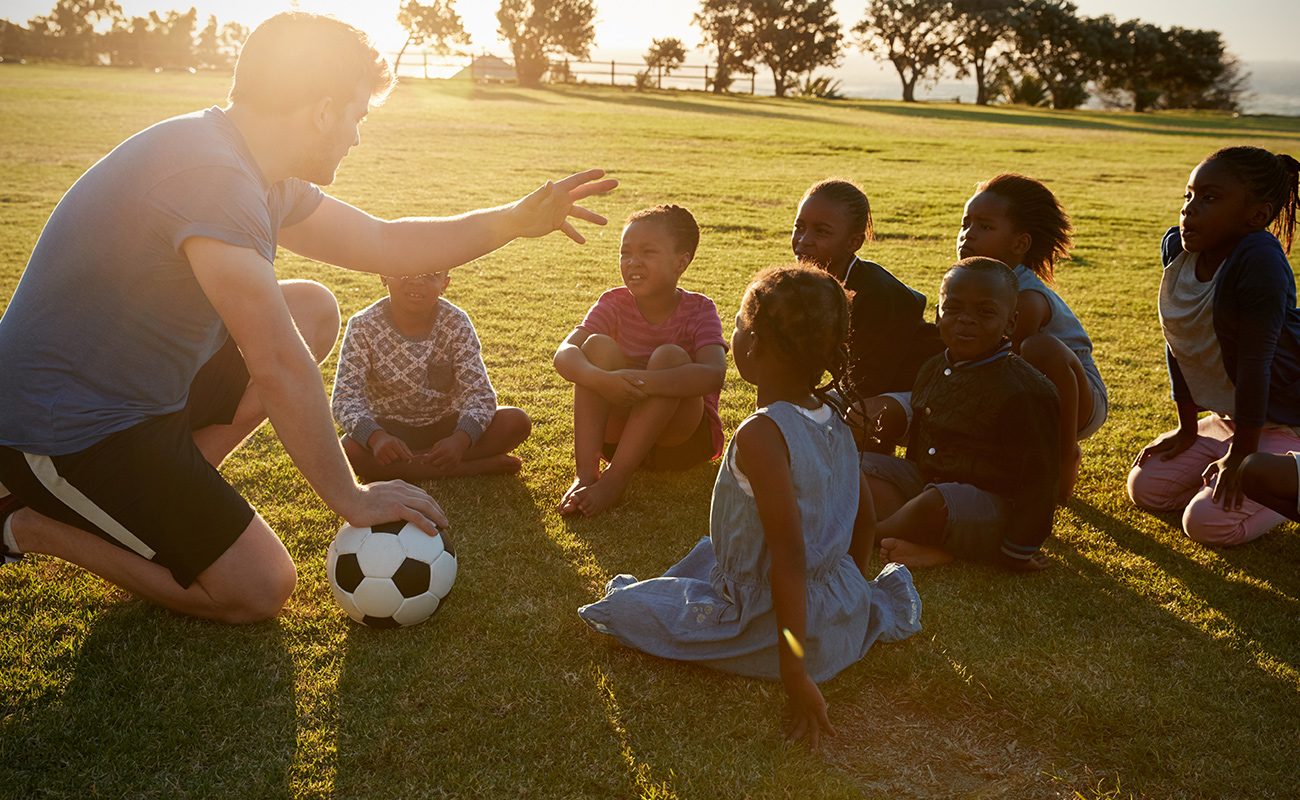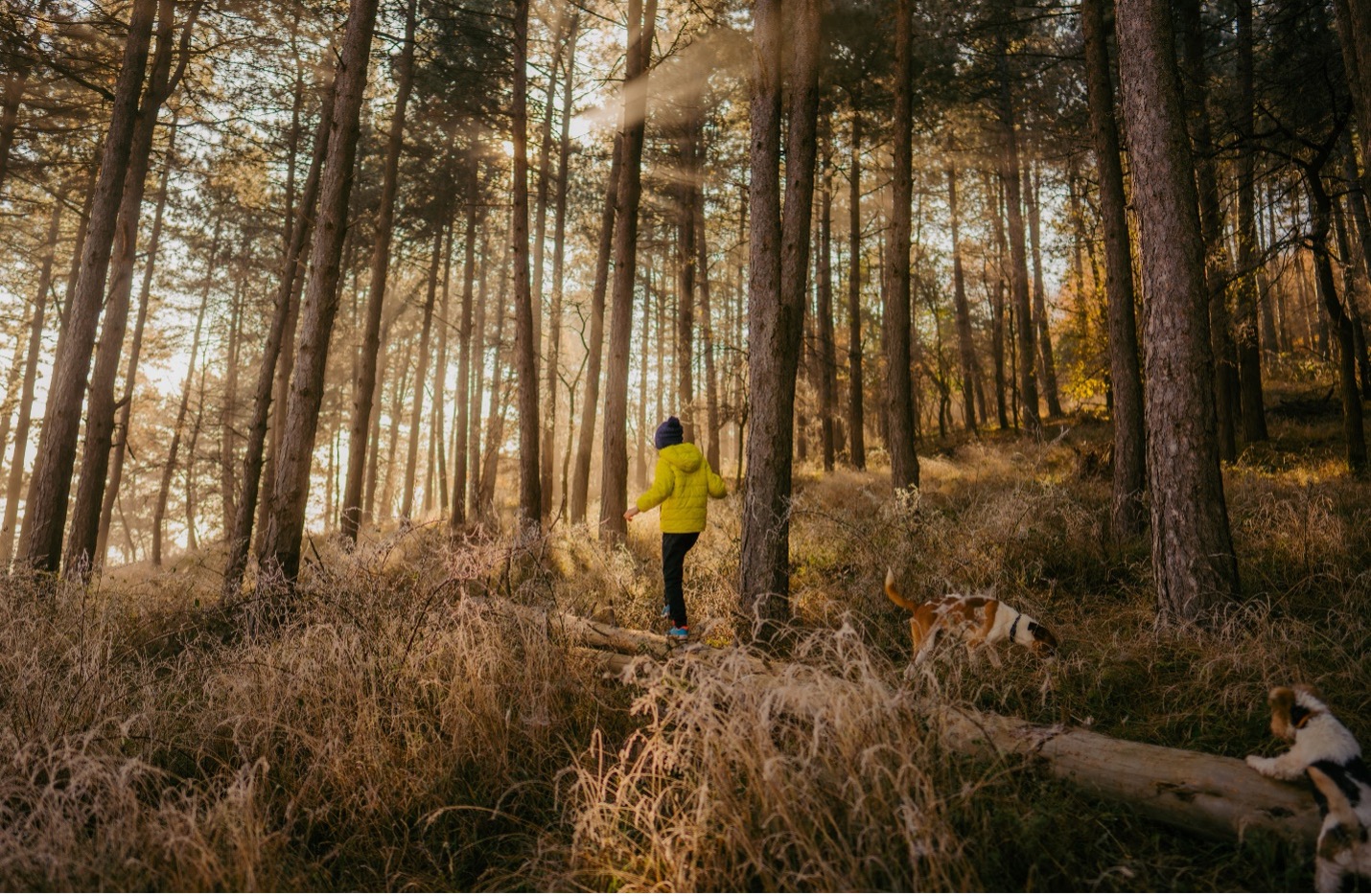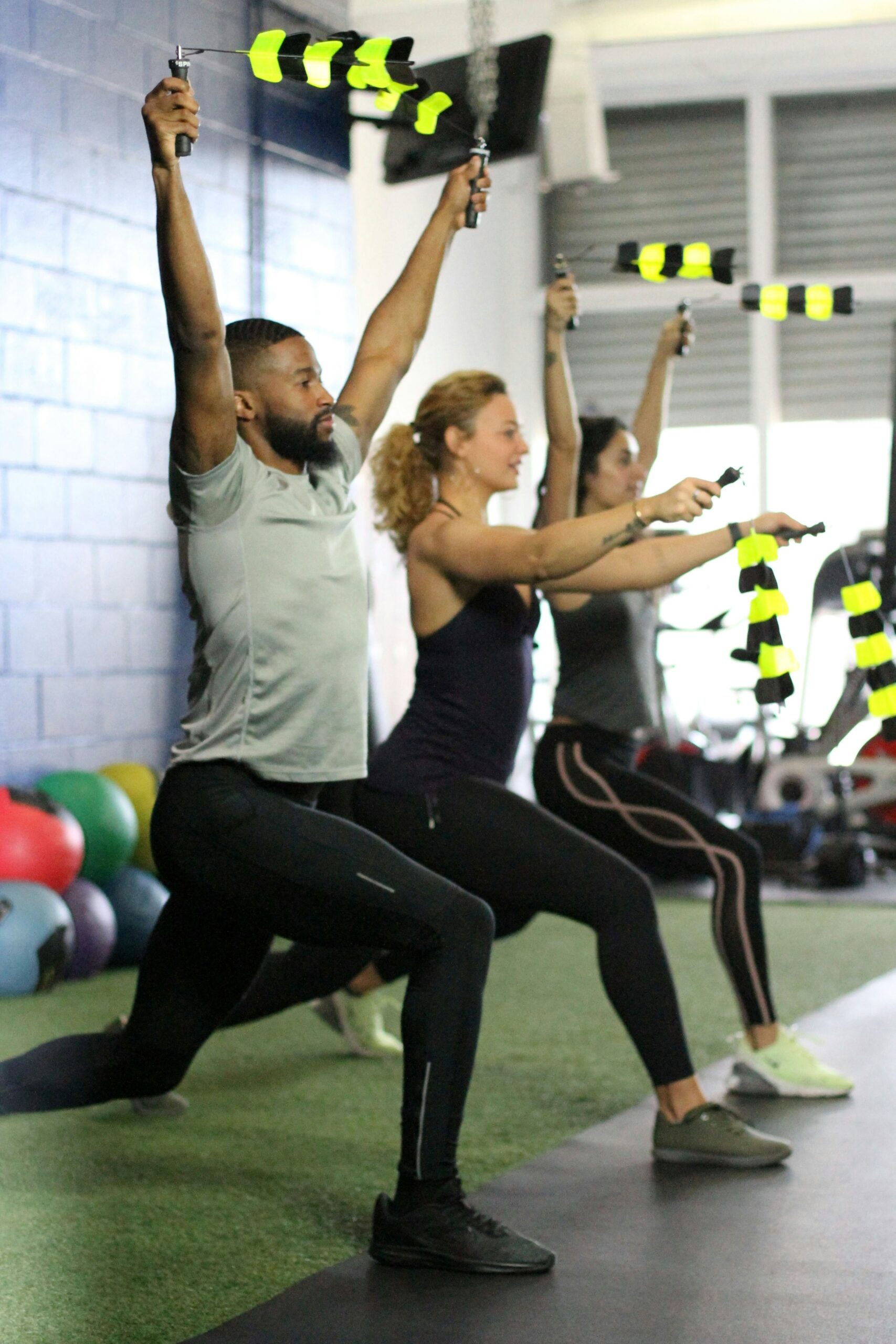Developing an argument for Health as a Resource for Everyday Living

Where can we start in formulating an idea of health as resource for everyday living? The examples below illustrate some valuable aspirations that physical education teachers can generate.
Regular engagement in physical activity and purposeful physical pursuits enables the body to function well, feel good and flourish.
Participation in regular physical activity has the potential to build a personal resource that generates feelings of vitality, energy and dynamism in everyday living.
As a result important outcomes can be achieved because participation in regular physical activity in the form of purposeful physical pursuits enables children and young people to:
- Reach their optimal development (including children with impairments)
- Enrich their lives with absorbing purposeful physical pursuits.
- Enrich lives in other ways because it underpins a person’s capacity to pursue other meaningful pursuits.
Such positive activities could be seen is a resource for everyday living. They provide the basis for living a thriving and flourishing life that becomes an enabling resource because it engages young people in the process of learning to make choices that they can value.
If we consider Antonovsky’s (1993) idea of a ‘Sense of Coherence’, we could use this as a basis for informing educational practices that underpin the above. Antonovsky’s concept is a kind of resource that he sees as a positive way of looking at life together with an ability to manage successfully the many challenges that a person can encounter. This is a combination of person’s ability to:
- Assess and understand the situation they are in
- Find meaning to move in a health-promoting direction
- Have the capacity to do so
He argues that a “Sense of Coherence” has three types of life experiences that shape an individual’s sense of coherence:
Comprehensibility – the extent to which life events are perceived as making logical sense. It is through experiences that can be perceived as coherent and structured that comprehensibility is developed.
Manageability – the extent to which an individual feels that they can cope. It is about generating a balance between resources that one has access to and their ability to meet personal demands so that they are better equipped to deal with them.
Meaningfulness – how much an individual feels that their life makes sense and they want to take on challenges that are seen as worthy of investment in time, engagement and making a commitment to them
As a result, his ideas provide a framework to inform our practice and develop opportunities that have the potential to create the idea of health as a resource for everyday living.
These ideas illustrate that we need to pause and consider whether we have missed something in the way that we speak of health. I would argue the significance of physical activity and its association with health needs to be re-examined and redefined (for clarification) so that we have a positive focus instead of the current negative attitude – ‘if you don’t do this you are likely to become a risk for several chronic diseases’.
In the first instance we are trying to get young people to learn to love being active and learn to value a purposeful physical pursuit that means something to them. This can lead to autonomous motivation and a sense of personal responsibility when the young person is given opportunity to make informed decisions about what they want to choose and they have good reasons for making this choice. However we need to recognise that we have to strive to empower young people to take responsibility for getting involved, practise on their own and become an agent of change in their own life – no easy task, it will be very challenging.
What does this involve? I am suggesting that the following should be considered.
Teachers need to enable participants to:
- Get on the inside of purposeful physical pursuits of their own choice
- Acquire a commitment to involvement to purposeful physical pursuits.
- Learn to value participation in purposeful physical pursuits of their own choice
- Understand what a commitment to and involvement in purposeful physical pursuits entails.
- Help young people to develop an emotional attachment to purposeful physical pursuits (see How to Develop a Sporting Habit for Life: Final report, Sport England 2014).
This will entail:
- Illuminating their understanding of what to do with their lives by helping them to make informed choices about how they could spend their time
- Demonstrating ways in which purposeful physical pursuits can contribute to leading full and valuable lives
- Learning to value these activities in a rich and fundamental way by coming to care about them.
- Acquiring the power to make choices of a certain kind (informed and rational) and arrived at in a certain way (i.e. non–coercive and non-indoctrinatory) requires a different sort of curriculum in order to allow young people to explore ad recognise the constraints on their capacity to fit purposeful physical pursuits into their lives.
- Giving all young people a ‘Voice’ in the kind of experiences and the types of engagements with purposeful physical pursuits they would like to explore.
This can only be achieved if teachers recognise the need to help young people to develop the personal qualities of :
- Empowerment and agency – to exercise their ability make choices and to control the procedures needed to achieve goals that the person values
- Autonomy – a state of personal independence and free from adult authority
- Responsibility – to realise the importance of taking responsibility for one’s actions and recognise that individual’s have a responsibility to enhance their health and wellbeing.
We have also to enable young people to build their own inner resources of:
- self-confidence
- enthusiasm
- optimism
- perseverance/grit
- determination
- patience
It is these inner resources that support young people in learning what purposeful physical pursuits can offer them and enabling them to make progress and enjoy the experience.
However, the development of a framework for health as a resource for everyday living needs to address also consider the following: How can we help young people
To gain the capacity for self- control and self-regulation?
- To develop resilience as a capacity that enables them to rebound from adversity and change through a process of positive adaptation. This is a fluid dynamic process that is influenced by (1) life events, (2) the skill sets available to them and (3) sustained by the ability of teachers, carers and their social environment to provide them with sense of safety, confidence, secure attachments, a sense of competence to nurture their development?
- To create emotional closeness (a sense of belonging and bonding with others) with others engaged in purposeful physical pursuits because it enhances the experience and enables us to learn from others and with others?
These are important aspirations that deserve our attention and need to be carefully considered as important elements of Physical Literacy.
These items in the framework need to be seen as closely embedded in the way that purposeful physical pursuits are planned and experienced. At the same time the “Sense of Coherence” concept must underpin the thinking and planning. They cannot be taught in separate ways because this would undermine their importance and they would lose the contextual focus.
The ideas that have been outlined represent a framework and an “unfinished curriculum” that requires a shared understanding of what is required and a desire to improve practice to complete the task. This blog represents a challenge to all practitioners: are these important aspirations that have a strong association with Physical Literacy? If so, how can we complete the task?
Photo: David Goehring



